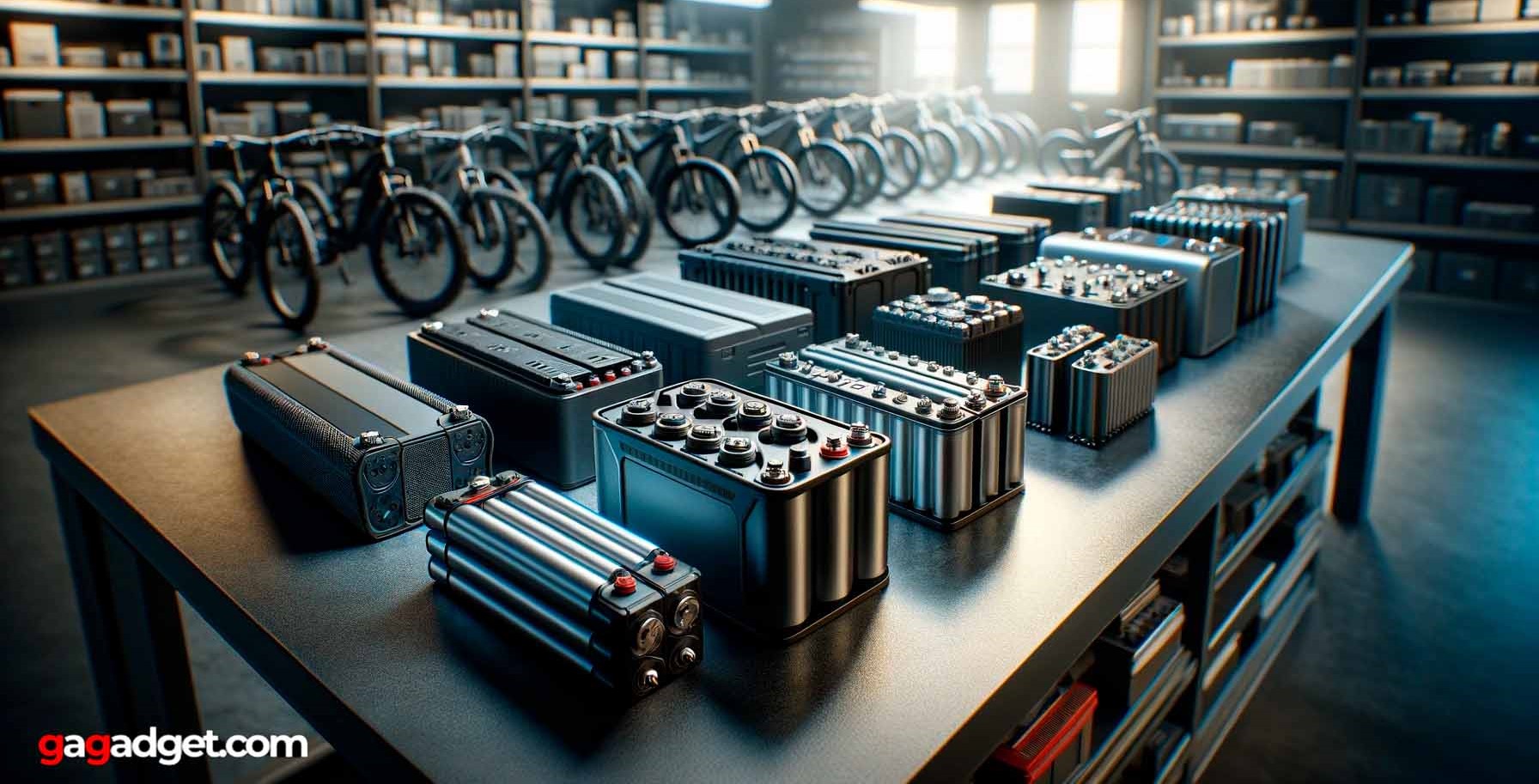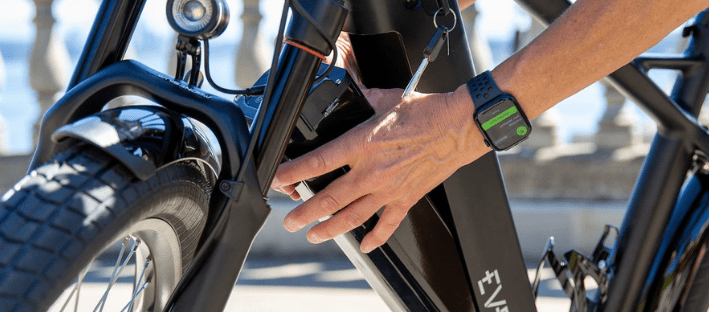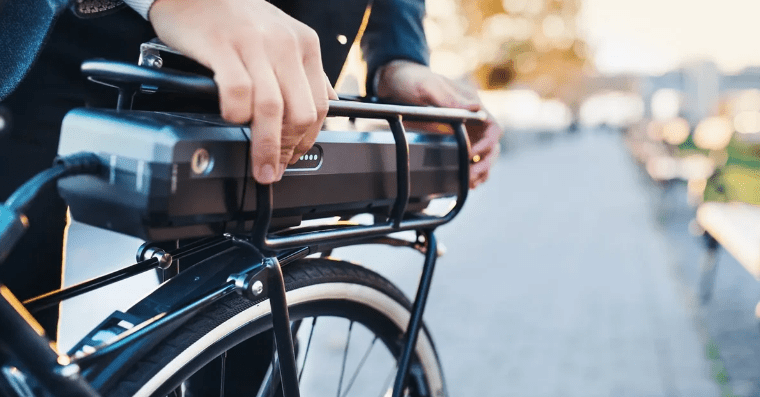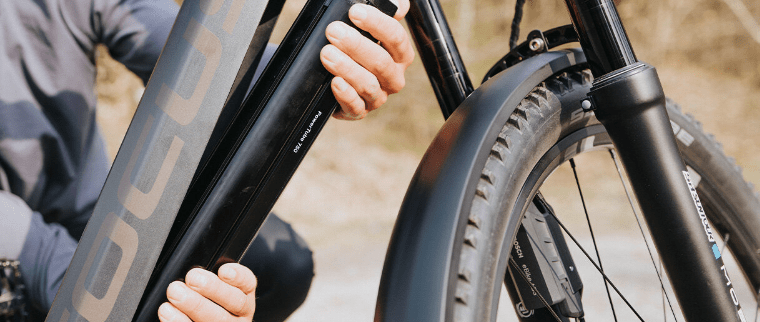Choosing a Battery for Your E-Bike
Choosing the right battery for your electric bike is a crucial decision that can significantly impact your riding experience, range, and overall satisfaction with your e-bike. With various types, capacities, and ranges available, it's essential to understand the key factors to consider when selecting a battery that best suits your needs.
Short answer: When choosing a battery for your e-bike, consider the battery type (Lithium-ion, Lead-acid, or Nickel-metal hydride), capacity (measured in Watt-hours), and the range you require. Factors such as your riding style, terrain, and budget will also influence your decision. Lithium-ion batteries are the most popular choice for their lightweight design, high energy density, and long lifespan.
- Choosing a Battery for E-Bike: Battery Types
- Battery Capacity and Range
- Factors Affecting Range
- Battery Lifespan and Maintenance
- Choosing the Right Battery
- Frequently Asked Questions
Choosing a Battery for E-Bike: Battery Types

There are three main types of batteries used in e-bikes: Lithium-ion (Li-ion), Lead-acid, and Nickel-metal hydride (NiMH). Each type has its own advantages and disadvantages, making it essential to understand their characteristics when choosing a battery for your e-bike.
Lithium-ion (Li-ion) batteries are the most common and preferred choice for modern e-bikes. They offer several advantages, including high energy density, lightweight design, and long lifespan. Li-ion batteries can store more energy in a smaller and lighter package compared to other battery types, making them ideal for e-bikes where weight and space are crucial factors. Additionally, Li-ion batteries have a lower self-discharge rate, meaning they retain their charge longer when not in use, which is particularly useful for riders who may not use their e-bikes frequently.
Lead-acid batteries are an older technology that is less commonly used in e-bikes today. While they are more affordable than Li-ion batteries, they come with several drawbacks. Lead-acid batteries are significantly heavier and bulkier than Li-ion batteries, which can negatively impact the e-bike's handling and overall performance. Moreover, they have a shorter lifespan and require more frequent maintenance, such as regular charging and electrolyte level checks, to keep them in good condition.
Nickel-metal hydride (NiMH) batteries offer a middle ground between Lead-acid and Li-ion batteries in terms of cost, weight, and performance. They have a higher energy density compared to Lead-acid batteries, making them lighter and more compact. However, they are still heavier and less efficient than Li-ion batteries. NiMH batteries also have a higher self-discharge rate compared to Li-ion batteries, which means they lose their charge more quickly when not in use, requiring more frequent charging.
Battery Capacity and Range
Battery capacity is a critical factor in determining an e-bike's range, which is the distance it can travel on a single charge. Capacity is typically measured in Watt-hours (Wh), which is calculated by multiplying the battery's voltage (V) by its amp-hour rating (Ah). For example, a 36V 10Ah battery has a capacity of 360Wh (36V x 10Ah = 360Wh).
The range of an e-bike is influenced by various factors, including the battery capacity, motor power, rider weight, terrain, and pedal assist level. Generally, a higher battery capacity translates to a longer range, as the e-bike has more stored energy to draw from. However, it's important to keep in mind that a higher-capacity battery will also be heavier and more expensive, which may impact the e-bike's overall weight and cost.
To give you a rough idea of the relationship between battery capacity and range, here's a table with some estimated values:
| Battery Capacity (Wh) | Estimated Range (miles) |
|---|---|
| 250 - 400 | 20 - 35 |
| 400 - 600 | 35 - 50 |
| 600 - 800 | 50 - 70 |
| 800+ | 70+ |
It's crucial to remember that these are rough estimates, and the actual range may vary significantly depending on the specific e-bike model, riding conditions, and other factors mentioned earlier.
Factors Affecting Range

Apart from battery capacity, several other factors can influence an e-bike's range. One of the most significant factors is the motor power. More powerful motors consume more energy, which can reduce the overall range of the e-bike. Similarly, the rider's weight plays a role in determining the range, as heavier riders require more energy to propel the e-bike, leading to a decreased range.
The terrain on which the e-bike is ridden also has a substantial impact on the range. Riding on hilly or rough terrain demands more energy compared to riding on flat, smooth surfaces. This is because the motor needs to work harder to overcome the increased resistance and elevation changes, resulting in higher energy consumption and a reduced range.
Another important factor is the pedal assist level selected by the rider. Higher levels of pedal assist provide more power from the motor, which can help the rider tackle challenging terrain or maintain higher speeds. However, this increased power output also consumes more battery energy, ultimately reducing the e-bike's range. In contrast, lower pedal assist levels require more effort from the rider but can significantly extend the range of the e-bike.
Riding speed is another factor that can influence an e-bike's range. Maintaining higher speeds requires more energy, as the motor needs to work harder to overcome wind resistance and maintain momentum. As a result, riding at higher speeds can reduce the overall range of the e-bike.
Lastly, weather conditions can also play a role in determining an e-bike's range. Extreme temperatures, both hot and cold, can affect battery performance. In hot weather, the battery may overheat, leading to reduced efficiency and potential damage. On the other hand, cold temperatures can cause the battery to perform sluggishly, reducing its capacity and range. Additionally, strong headwinds can increase resistance, requiring more energy to maintain a given speed and consequently reducing the e-bike's range.
Battery Lifespan and Maintenance

The lifespan of an e-bike battery depends on factors such as the battery type, quality, and maintenance. On average, a well-maintained Li-ion battery can last between 500 to 1,000 charge cycles before its capacity drops to 70-80% of its original capacity.
To maximize your battery's lifespan, follow these maintenance tips:
- Charge your battery regularly, even if you haven't used your e-bike for a while;
- Avoid letting your battery drain completely, as this can damage the cells;
- Store your battery in a cool, dry place when not in use, ideally at around 50% charge;
- Use the charger provided by the manufacturer or a compatible high-quality charger;
- Protect your battery from extreme temperatures, both hot and cold;
- Regular cleaning of the battery terminals with a soft cloth can prevent corrosion and ensure a good connection.
Choosing the Right Battery
When selecting a battery for your e-bike, there are several key factors to consider in order to ensure that you choose the best option for your needs and budget.
| Factor | Description |
|---|---|
| Battery type | Lithium-ion batteries are the most popular choice for their lightweight design, high energy density, and long lifespan. |
| Capacity and range | Choose a battery capacity that suits your typical riding distances and style. |
| Brand and quality | Opt for reputable brands and high-quality batteries to ensure safety, reliability, and longevity. |
| Compatibility | Ensure the battery is compatible with your specific e-bike make and model. |
| Budget | Higher-capacity and higher-quality batteries tend to be more expensive. Choose the best battery that fits your budget. |
| Warranty | Look for batteries with a good warranty, as it can provide peace of mind and protection against defects. |
Frequently Asked Questions

Can I upgrade my e-bike battery to a higher capacity?
In some cases, it is possible to upgrade your e-bike battery to a higher capacity. However, it's essential to ensure that the new battery is compatible with your e-bike's system and that your e-bike can handle the increased power. Always consult with the manufacturer or a professional e-bike technician before making any battery upgrades to avoid potential damage to your e-bike or battery.
How long does it take to charge an e-bike battery?
The charging time for an e-bike battery varies depending on the battery capacity and the output of the charger being used. On average, it takes between 4 to 8 hours to fully charge an e-bike battery from empty. However, some newer, high-end batteries and chargers may offer faster charging times, while older or lower-quality batteries may take longer to charge.
How can I tell when my e-bike battery needs to be replaced?
There are a few signs that indicate your e-bike battery may need to be replaced. One of the most common indicators is a significant reduction in range or performance. If you find that your e-bike battery no longer holds a charge as well as it used to, or if it takes much longer to charge than before, it may be nearing the end of its lifespan. Additionally, if you notice any physical damage to the battery, such as cracks, bulging, or leaks, it's essential to stop using the battery immediately and seek professional advice on replacement.
Battery for Your E-Bike: Conclusion
Choosing the right battery for your e-bike is a crucial decision that can greatly impact your overall riding experience, range, and satisfaction. By understanding the different battery types, capacities, and factors affecting range, you can make an informed choice that best suits your needs and budget.
Remember to consider your riding style, typical distances, and the terrain you'll be tackling when selecting a battery. Additionally, proper maintenance and care can help extend your battery's lifespan, ensuring that you get the most out of your investment. With the right battery powering your e-bike, you'll be able to enjoy the freedom and convenience of electric cycling for years to come.
You may also like:
